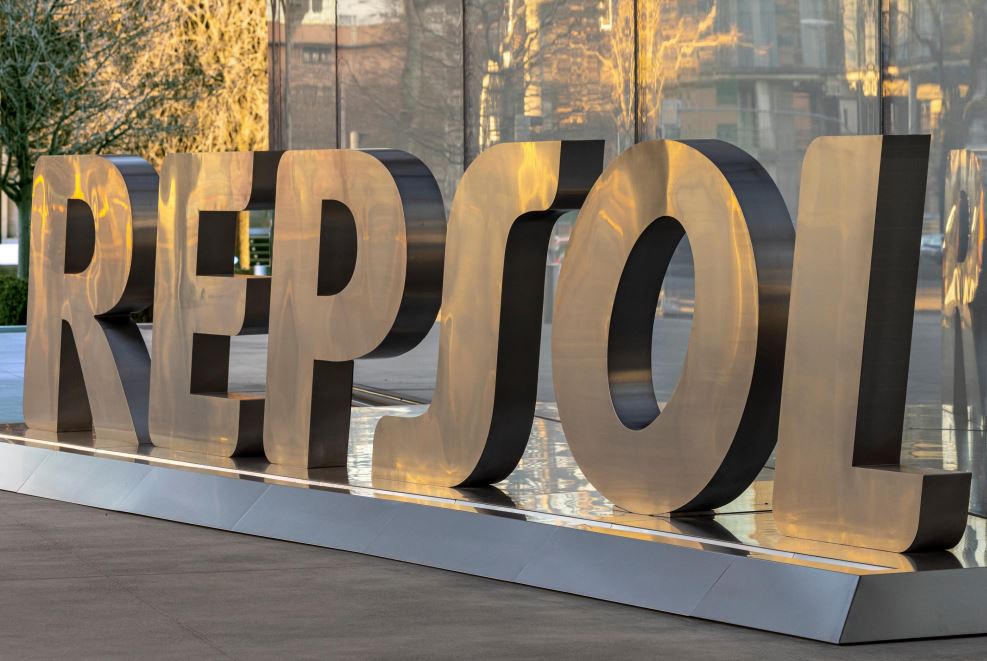Spain’s ambition to become a green hydrogen hub has suffered a setback, as Repsol confirmed it will not move forward with the 130MW Hydric project in Puertollano, declaring it “technically and economically unfeasible.”
The project—initially developed by RIC Energy and later joined by Repsol—was expected to become a cornerstone of the region’s hydrogen value chain, but is now shelved despite having secured €10 million in government funding and completed early-stage consultations.
Repsol’s withdrawal from the project follows internal feasibility assessments that raised doubts about the economic sustainability and technical reliability of the proposed configuration. The plant was to begin with a 30MW electrolyser targeting 4,500 tonnes of green hydrogen per year, scaling up to 100MW in later phases. The project’s failure to reach final investment decision (FID) signals increasing caution among hydrogen developers in light of cost and demand uncertainty.
This isn’t an isolated course correction. Repsol’s recent recalibration of its hydrogen strategy—slashing its 2030 target for renewable hydrogen capacity by up to 60%—suggests the company is reassessing its exposure to capital-intensive hydrogen ventures. The original target of 1.9GW has now been revised to a range between 700MW and 1.2GW. CEO Josu Jon Imaz cited both financial and regulatory headwinds as rationale for the revised strategy, acknowledging that “the market is not moving at the speed expected.”
While the decision is a blow to the Hydric project, Repsol insists that Puertollano remains a focus of its hydrogen roadmap. A company spokesperson said Repsol “is considering projects in all of its industrial complexes,” with a continued interest in exploring “the most suitable hydrogen generation technologies for this complex.” The emphasis now shifts toward technologies with higher technical maturity and closer integration with the company’s broader decarbonisation goals.
Puertollano itself remains a hotbed of hydrogen interest. Hydnum Steel’s plans to develop a 1.5 million-tonne hydrogen-based steel plant between 2026 and 2029 underscore the industrial appetite for green hydrogen in the region. However, Repsol’s exit from Hydric reinforces the challenges in turning hydrogen hype into bankable infrastructure—particularly for standalone projects reliant on scale-up phases and indirect offtake models.
Repsol’s pivot also echoes broader regional and global market dynamics. Despite significant EU-level support, Spain’s hydrogen projects continue to navigate patchy regulatory alignment and uncertain demand signals. Electrolyser costs, grid constraints, and evolving RFNBO compliance requirements complicate the investment landscape, particularly for early-phase projects.
Stay updated on the latest in energy! Follow us on LinkedIn, Facebook, and X for real-time news and insights. Don’t miss out on exclusive interviews and webinars—subscribe to our YouTube channel today! Join our community and be part of the conversation shaping the future of energy.





